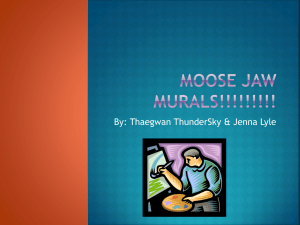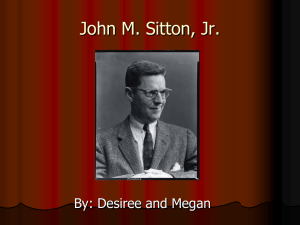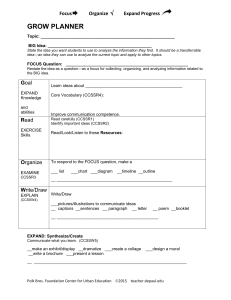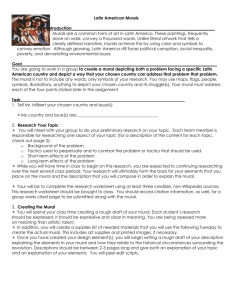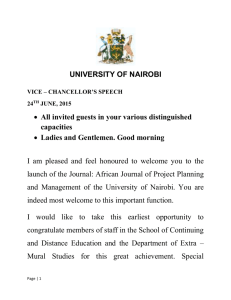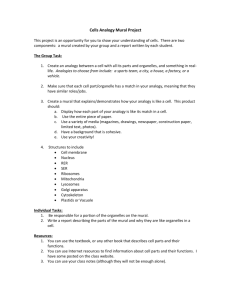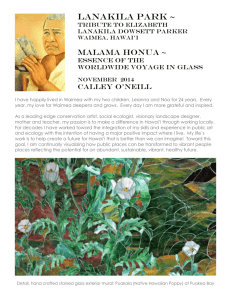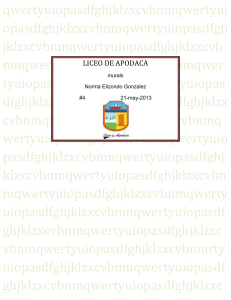Colonial Encounters Mural Project Outline
advertisement
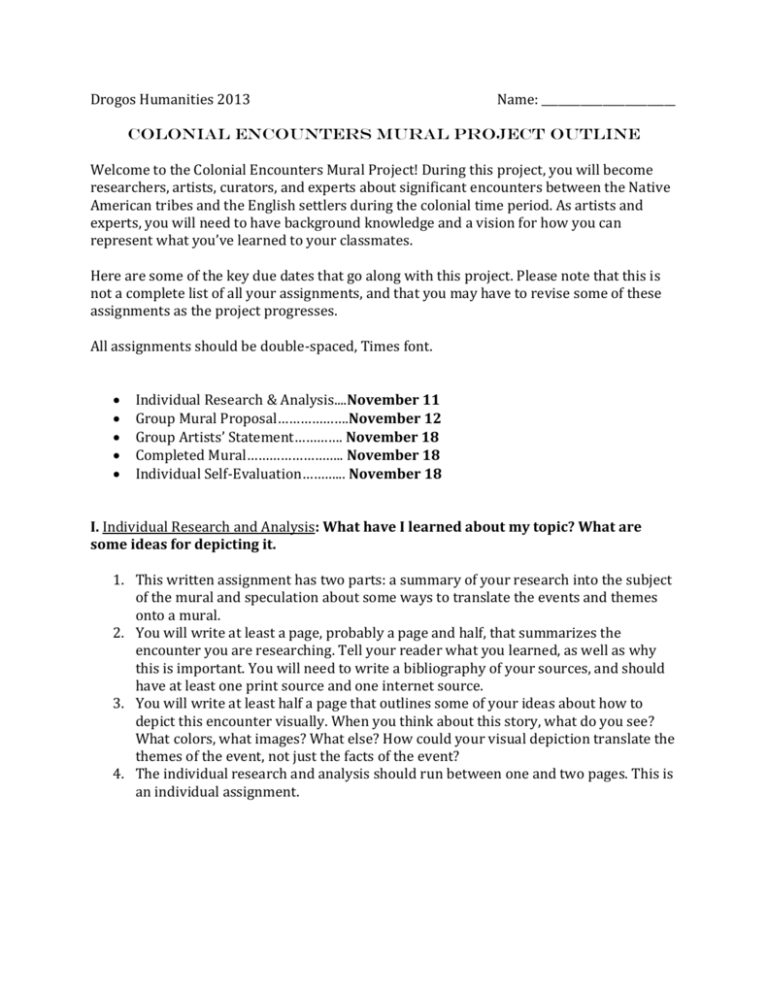
Drogos Humanities 2013 Name: ________________________ Colonial Encounters Mural Project Outline Welcome to the Colonial Encounters Mural Project! During this project, you will become researchers, artists, curators, and experts about significant encounters between the Native American tribes and the English settlers during the colonial time period. As artists and experts, you will need to have background knowledge and a vision for how you can represent what you’ve learned to your classmates. Here are some of the key due dates that go along with this project. Please note that this is not a complete list of all your assignments, and that you may have to revise some of these assignments as the project progresses. All assignments should be double-spaced, Times font. Individual Research & Analysis....November 11 Group Mural Proposal……………….November 12 Group Artists’ Statement…………. November 18 Completed Mural…………………….. November 18 Individual Self-Evaluation………... November 18 I. Individual Research and Analysis: What have I learned about my topic? What are some ideas for depicting it. 1. This written assignment has two parts: a summary of your research into the subject of the mural and speculation about some ways to translate the events and themes onto a mural. 2. You will write at least a page, probably a page and half, that summarizes the encounter you are researching. Tell your reader what you learned, as well as why this is important. You will need to write a bibliography of your sources, and should have at least one print source and one internet source. 3. You will write at least half a page that outlines some of your ideas about how to depict this encounter visually. When you think about this story, what do you see? What colors, what images? What else? How could your visual depiction translate the themes of the event, not just the facts of the event? 4. The individual research and analysis should run between one and two pages. This is an individual assignment. II. Mural Proposal Requirements: Read your group member’s research and image ideas. How can you combine and collaborate? What will your mural depict and how will it effectively demonstrate what you’ve learned about your encounter to others? 1. Your proposal should tell the story as you want to tell it. Tell your reader what your event is—the facts of the event—but do so in a way that conveys your point of view about the event. If, for example, you are telling us what Thanksgiving is about, but also how the myth of Thanksgiving has simplified and distorted a complicated story of cultural exchange, political arrangements, etc., then you might want to begin with a thesis statement along the lines of “The story of Thanksgiving has become a myth of cooperation, but the event began as a tentative cultural exchange between two political groups who were desperate to find allies that might help them survive.” 2. Your proposal should include at least one paragraph about your vision for the mural. a. The Who, When, Where and What: What moment(s) from this encounter will you depict in your murals? Who will be in it? Will it be set somewhere definite, or will it be a mixture of scenes? b. The How: How will you communicate your message? Will you use symbols? What sort of color palette do you think is most appropriate? Why? And so on. 3. A description of each group member’s contribution to the mural. Who will do what? Your work as researchers, artists and curators will overlap, but who will be responsible for each aspect of the project? 4. The title of the proposal is the title of the mural. The proposal should run about two pages. This is a group assignment. III. Group Artists’ Statement: Explain your vision. This will be turned in when you are nearly done painting. It will update your proposal to better reflect what you actually painted. 1. 1-2 paragraphs: Explain the history behind the subject of your mural. Give your reader an understanding of your subject, what happened and why. What is the story? Again, your description should reflect your point of view. 2. 1 paragraph: What message does your mural convey to the reader about these events? What do you want the mural to “say” about this encounter? (This can be a part of your “history” paragraphs, or can be a separate section.) 3. 2 paragraphs: Explain how your mural specifically conveys your message about the encounter. Be specific about composition, color, subject, symbols, etc. 4. The title of the artist’s statement is the final title of the mural. This assignment should be emailed to Mr. Drogos. Keep in mind that this statement will be displayed, publically, alongside the mural itself. IV. Mural Requirements: The drawing and painting. We will cover this process together in class. 1. Compose several preliminary sketches, outlining what will be depicted and how it will be depicted. Consider the composition and filling the entire space. This is tentatively due Thursday, Nov. 7. 2. Compose a detailed preliminary sketch of the entire mural, as well as any important details. This is tentatively due Friday, Nov. 8. 3. Complete and paint a 4’X 6’ mural, using the preliminary sketches as guides. V. Individual Self-Reflection What did the project teach you? What did you learn about yourself on this project? 1. Lastly, you will write a self-reflection on the project, your successes and your areas for improvement. You will also discuss your group work as a whole. These will follow a standard format and will be distributed to you in class to fill out for homework.
